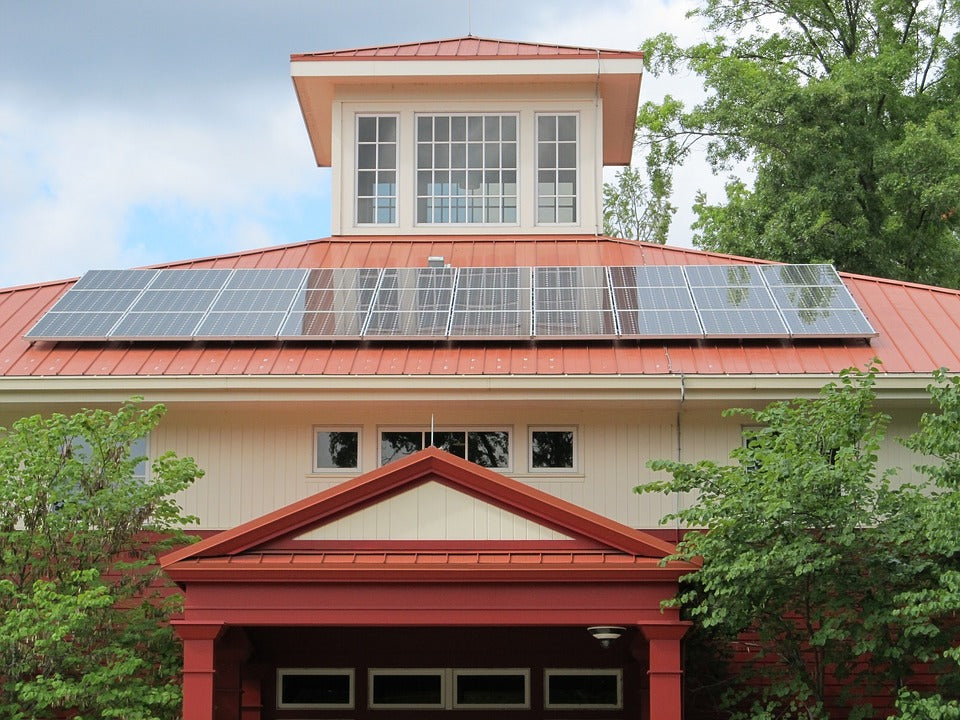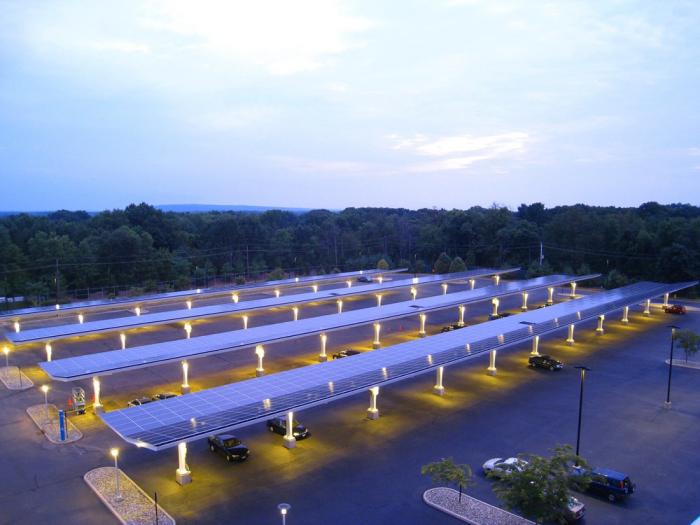If you’re looking to acquire solar panels, your first step is to determine if your roof is suitable for a solar panel system. And if you’re planning on using solar panels on a home you’re building, roof design should also be on your mind. Either way, many different types of styles and materials are used for roofing, and understanding how these factors influence solar panel installations can be a challenge.
SOLARPARTS is here to provide you with insight on which roofs work best for solar panels, ensuring your system remains stable and secure for optimal performance. Many types of roofs work great for solar panels, but here are the top types to choose from.
MOUNTING SOLAR PANELS ON SHINGLE ROOFS
Shingle roofs are the most common type of roofing on homes and are composed of either composite or asphalt shingles. Composite shingles are made from a combination of materials such as laminate, wood, and slate; asphalt shingles are made of either a cellulose mat or fiberglass material with asphalt added to the final product at the end of the manufacturing process. While both options are flexible, composite shingles are a bit more durable than their asphalt counterpart.
Installing solar panels on shingle roofs is quite simple, requiring standard penetrating mounts that easily attach. For installation, studs need to be drilled into the roof for the solar panels to attach to, and the spaces between the panels and studs are then closed off and sealed with flashings to prevent water from leaking in between the roof and panel, and potentially entering your home. Many homeowners (or homebuilders) use shingle roofing because it’s inexpensive, durable, and lasts between 12 and 20 years, which makes it great for attaching solar panels that you’d potentially keep on your roof for decades.
MOUNTING SOLAR PANELS ON METAL ROOFS
Metal roofs work great for solar panel installations. If your home has a metal roof with standing seams, this allows for easy attachment of solar panels because they don’t require any drilling for attachment. And because the need for drilling is eliminated, contractors or crew labor aren’t needed for hire, in turn saving you labor costs during your solar panel installation process.
Metal roofs are also great to have on your home or business in areas that are sunnier or warmer than others, because they reflect any light that doesn’t hit your solar panels, ultimately keeping your house cooler. One of the main reasons that people choose metal roofing for their homes is due to their impressively long life cycle. Metal roofs can last anywhere between 40 and 125+ years.
On the downside, metal roofs are about two to three times more expensive than other roofing materials and can be quite noisy during adverse weather. Luckily, if you have solar panels installed, some of that noise is blocked.
MOUNTING SOLAR PANELS ON TILE ROOFS
If you have a tile roof, solar panels can be installed using a standard penetrating mount that slightly raises them above the roof. Since tiles don’t always have identical, uniform shapes, cutting or removing certain tiles is sometimes necessary when making way for the mounts. This can result in extra labor costs.
Tile shingles can be made of slate, concrete, and clay; installing solar on clay tile presents some challenges that are not inherent with standard shingle roofs. For one, how you move across the roof itself is very different. Clay tile is very resilient to the elements, but not so resilient to the footsteps of installation teams.
Most roofs aren’t extremely steep, but even if yours is, your solar panels will likely still function well enough to produce enough energy for your home. The optimal roof angle is about 30 degrees, but if your roof tilt is at 40 degrees, this will only decrease your energy generation by approximately 1%. Any roof that’s over 40 degrees is most likely too steep, and solar panels might not be a logical addition to your home if full energy independence is your goal.
Click the link below to get to know more information:



